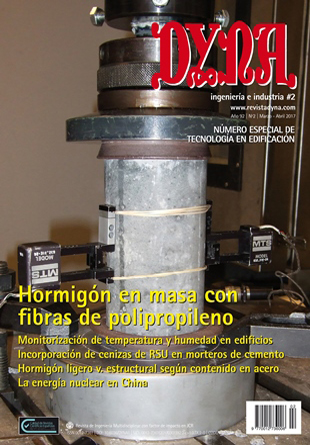A PROBABILITY MODEL FOR THE SCHOOL BUS ROUTING PROBLEM WITH BUS STOP SELECTION
Keywords:
Algoritmo de estimación de distribuciones, problema de ruteo de vehículos, problema de ruteo de autobuses escolares, inteligencia artificial, Estimation of distribution algorithm, vehicle routing problem, school bus routing problem, artificial intelligenceAbstract
The school bus routing problem with bus stop selection (SBRP-BSS) seeks to plan an efficient schedule for a fleet of school buses that pick up students from various bus stops and deliver them to the school. SBRP-BSS has three separate but interrelated issues: (1) determine the set of bus stops to visit, (2) determine for each student which bus stop (s)he should walk to, and (3) determine routes that lie along the chosen bus stops, so that the total traveled distance is minimized. For solving the problem and finding a suitable solution, an estimation of distribution algorithm-based approach is proposed contrary to current research. Different and diverse instances from Schittekat et al. [1] served as input and test parameters in order to show that permutation-based optimization problems such as the SBRP-BSS can be solved by means of probabilistic models. The approach mentioned makes use of probability models to show that there exist relationships and interactions between the bus stops and the positions on the sequence of the SBRP-BSS solution. The results obtained show that the probability models used in this novel research can estimate suitable positions for the bus stops on the sequence of the routes.Downloads
Published
2017-03-01
Issue
Section
ARTICULOS

